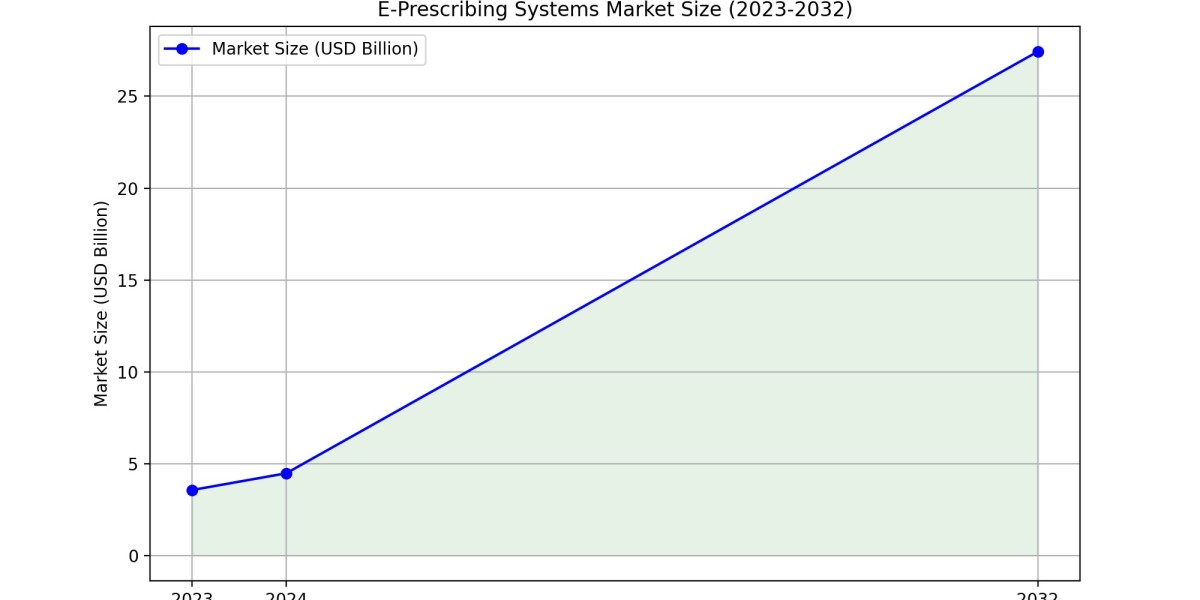However, understanding how long prednisone stays in your system is crucial for managing potential side effects and planning for subsequent medical treatments. In this comprehensive guide, we'll explore the factors influencing the duration of how long does prednisone stay in your system and the implications for your health.
The Metabolism of Prednisone:
Prednisone is a synthetic corticosteroid that closely resembles cortisol, a hormone naturally produced by the adrenal glands. Once administered, the body metabolizes prednisone into prednisolone, its active form, which then exerts its therapeutic effects.
Factors Influencing the Duration:
Several factors contribute to the variability in how long prednisone remains in an individual's system:
Dosage and Duration of Use:
Higher doses and prolonged use of prednisone result in a more extended presence in the body.
Short-term use for acute conditions may lead to quicker elimination.
Individual Metabolism:
Metabolic rates vary among individuals, influencing the speed at which prednisone is processed and excreted.
Factors such as age, liver function, and overall health can impact metabolism.
Liver and Kidney Function:
The liver metabolizes prednisone, and impaired liver function may prolong its presence.
Kidneys play a role in excreting prednisone metabolites; any renal impairment may affect elimination.
Interaction with Other Medications:
Concurrent use of medications that affect liver enzymes or compete for elimination pathways can alter prednisone metabolism.
Hydration Status:
Adequate hydration supports kidney function, aiding in the efficient excretion of prednisone.
Prednisone's Half-Life:
The half-life of prednisone, the time it takes for half of the drug to be eliminated from the body, is approximately 2 to 3 hours. However, it's important to note that the active metabolite, prednisolone, has a longer half-life of about 18 to 36 hours. This means that while prednisone itself is eliminated relatively quickly, its effects persist due to the conversion to prednisolone.
Detection in Drug Tests:
For those concerned about drug testing, prednisone is generally not included in standard drug screens. However, specialized tests can detect corticosteroids if specifically requested.
Managing Prednisone Withdrawal:
Abruptly stopping prednisone can lead to withdrawal symptoms, including fatigue, muscle pain, and joint discomfort. To mitigate these effects, healthcare providers often recommend tapering the dosage gradually. This allows the adrenal glands to resume natural cortisol production, minimizing the risk of adrenal insufficiency.
Tips for Quicker Elimination:
While the elimination of prednisone is influenced by various factors beyond individual control, there are steps one can take to support the process:
Stay Hydrated:
Drinking plenty of water supports kidney function and aids in the excretion of prednisone metabolites.
Healthy Lifestyle:
Maintaining a healthy lifestyle with regular exercise and a balanced diet can positively impact overall metabolism.
Follow Medical Guidance:
Adhering to the prescribed dosage and tapering schedule recommended by your healthcare provider is crucial for a safe and effective treatment course.
Conclusion:
Understanding how long prednisone stays in your system is vital for making informed decisions about your health. Whether you're considering the potential for drug interactions, planning for medical procedures, or managing side effects, knowledge of prednisone's metabolism and elimination timeline empowers you to navigate your healthcare journey more effectively. Always consult with your healthcare provider for personalized advice and guidance based on your unique medical situation.










